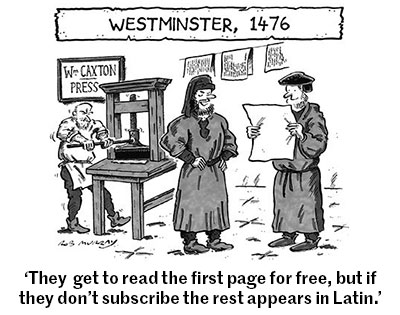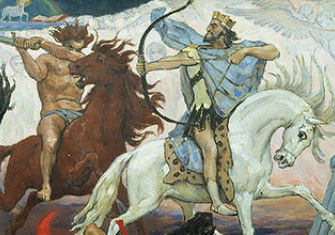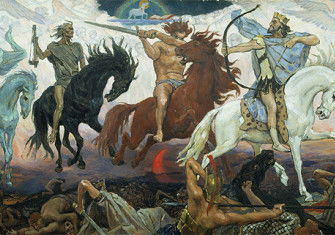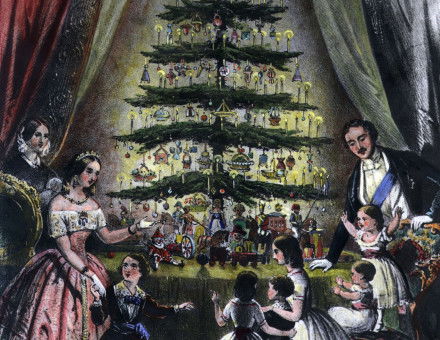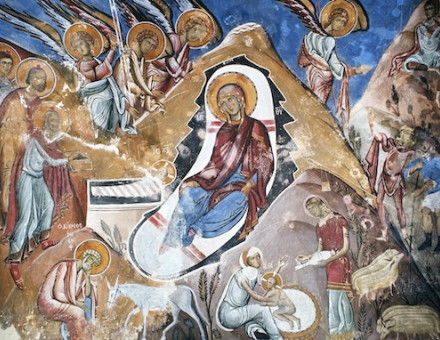Noah’s Ark and the Slave Trade
After the Flood, Noah’s sons were repurposed to support a new worldview justifying racial hierarchy and slavery.
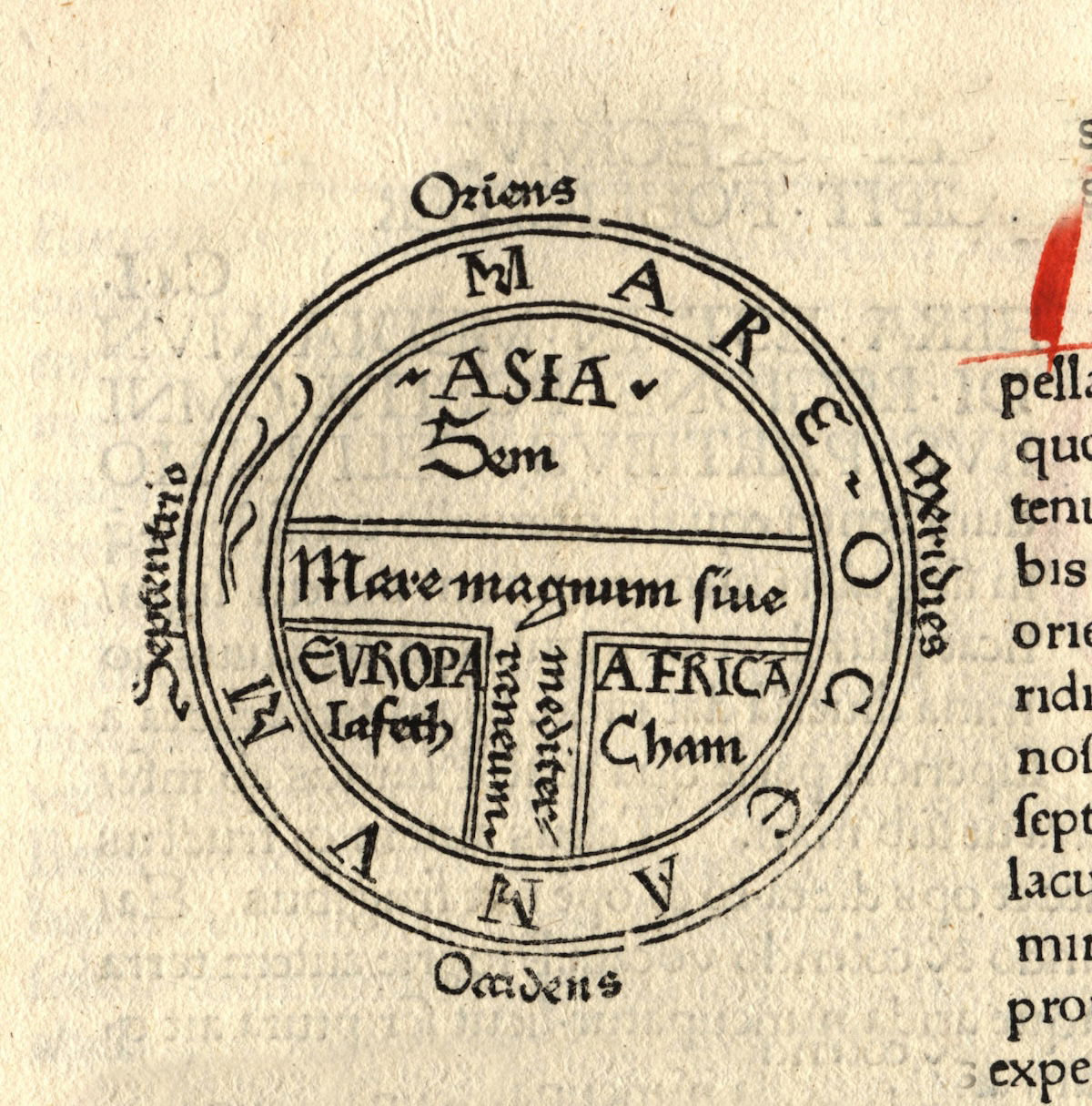
Most of us know the story of Noah, the Flood, and the Ark. In just four chapters of Genesis, the first book of the Bible, we are told the story of God’s decision to destroy the Earth through a cataclysmic flood due to human wickedness. Except for Noah, his family, and the animals he took with him in the Ark, all life perished. Afterwards, Noah and his three sons – Shem, Ham, and Japheth – became the progenitors of a new humanity.
Less well known is the story of what happened to Noah and his family after the Flood. Genesis tells us the first thing Noah did after leaving the Ark was ‘to plant a vineyard’. He then made wine and passed out in a stupor. The drunken Noah was seen naked by his son, Ham, before his nakedness was covered by his other sons, Shem and Japheth. After awakening from his drunken state, Noah blessed Shem and Japheth, but cursed Canaan, the son of Ham. Canaan was made the slave of Shem and Japheth: ‘Cursed be Canaan, lowest of slaves shall he be to [Ham’s] brothers.’



